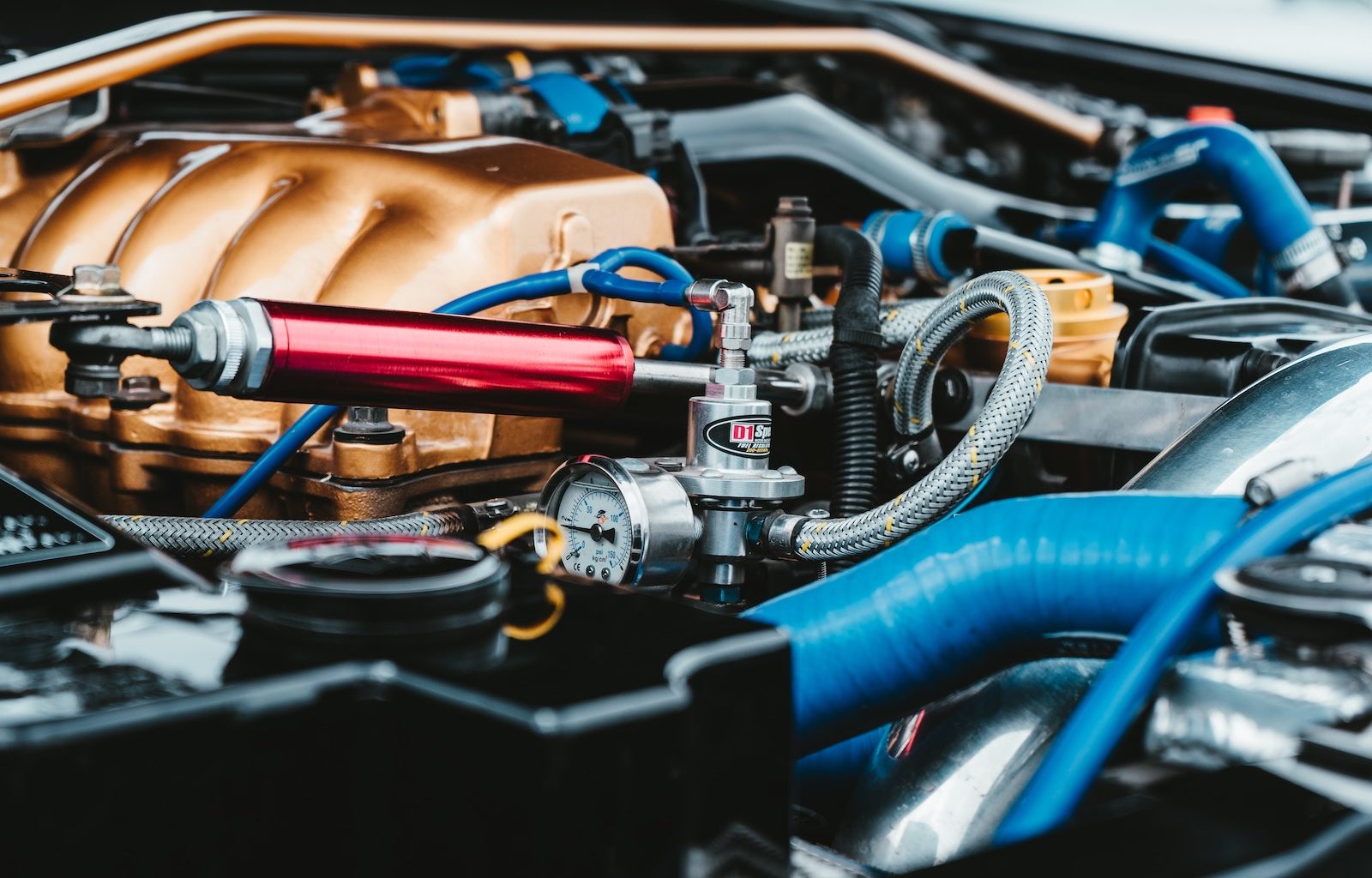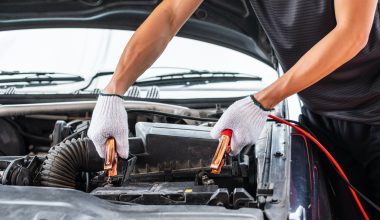What does EVAP stand for?
EVAP stands for the Evaporative Emission Control System. It is a system built into gasoline engines that prevents gasoline vapors from escaping from the fuel tank and system.
In standard use, the EVAP requires little maintenance and is a self-contained system. However, should the check light come on for the engine EVAP system then it will fail its emissions test and will need to be fixed.
Importance of Leak testing
It is vital to test EVAP systems for leaks for health, environmental and safety reasons. Gasoline is highly flammable and even more so when in vapour form. If a build up is present around a spark source such as an engine then it can cause an explosion.
It is very bad for peoples health and the environment to have unburned gasoline vapour in the atmosphere. This is a large source of pollution and can cause serious health impacts. The EVAP system helps to reduce this impact but is useless if it is damaged and leaking.
Prupose of an EVAP Diagnostics Machine
The purpose of an EVAP diagnostics machine is to pinpoint the location of a leak the system quickly and efficiently.
| Visually Detect: | What Parts are Leak Detected: |
| EVAP Leaks | This technology was specifically designed and is OEM approved for vehicles’ EVAP systems. |
| Vacuum Leaks | Hoses, lines, valves, diaphragms, choke pull-offs, heater controls, EGR hoses and controls. |
| Exhaust Leaks | Manifold cracks, EGR valve feed tubes and passages, exhaust pipes, catalytic converters, mufflers, heat control valves and crossover passages. |
| Oil Leaks | Pan gasket, valve and cam cover gaskets, hoses and seals, cam and crank shaft seals, oil cooler and lines. |
| Under Dash Leaks | HVAC hoses and tubes, control solenoids and diaphragms. |
| Brake Booster System Leaks | Hoses, check valves, diaphragm & chamber seals. |
| Turbo & Super Charger Leaks | Seals, hoses, ducting, intercooler, housing seal and flange connector. |
| Head Gasket Leaks | To adjacent cylinder, to cooling system, to atmosphere, etc. |
| Wind & Water Leaks | Around windshield, windows, doors and sunroof seals. |
| Component Testing | Bench test water pumps and other components before installation. Test again after installation but before coolant and oil is added to the engine. |
| Air Injection System Leaks | Control valves, diaphragms, solenoids, tubing, pump, vacuum controls and back pressure check valves. |
Diagnostic Smoke Machine Frequently Asked Questions
Smoke machines for EVAP diagnostics are great specialist tools, but there are several questions and rumors that we wanted to address.
How does an automotive smoke machine work?
Connect your smoke machine to the system that needs checking. Use a flash light to help show up the smoke more easily. Run the smoke into the system, this might take a while to fill all the system up.
You can check that it is full by checking when smoke starts coming out of the intake pipe. Move around the pipes a bit to flex and show up where any cracks may be present. For a larger leak, you should see a lot of smoke coming out of a split or crack in a hose. It’s now time to replace that hose.
Can you use baby oil in a smoke machine?
In short no. You should never use baby oil in your smoke machine for testing EVAP leaks. Baby oil clearly states on the label that it isn’t suitable for this application and there are no manufactures that would recommend its us in their EVAP systems.
How do I find a vacuum leak on my car?
There are a number of techniques to finding a vacuum leak on a car engine, ranging from card cleaner to smoking. The best and our only recommended method is to use an approved smoke detector. First, a visual inspection should be made on all of the hoses and connections. Any split hoses or old hoses should be replaced.
Apply a constant smoke layer over your engine and then turn it on whilst in parking mode. You will soon start to see where the smoke is being pulled into the engine and can inspect further.
Please note we are not affiliated or associated with Vacutec and any trademarks are not our property. This information is provided for educational and research purposes.






